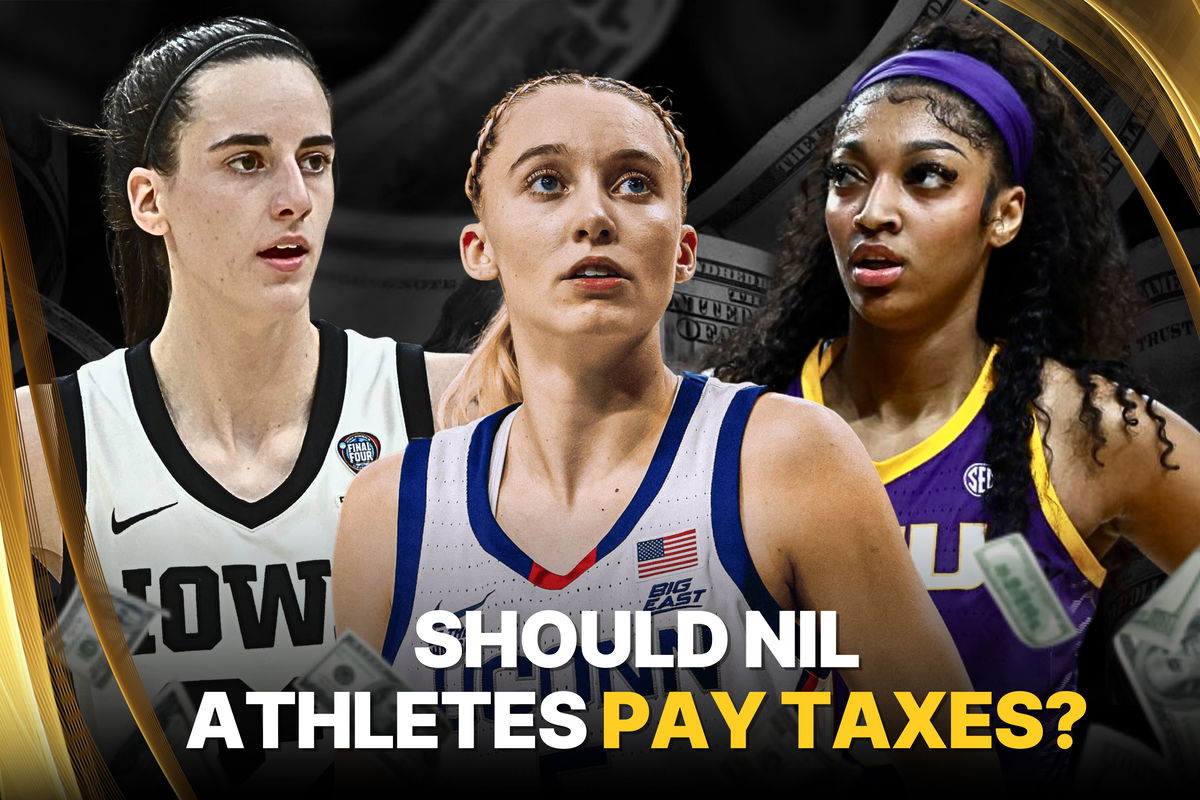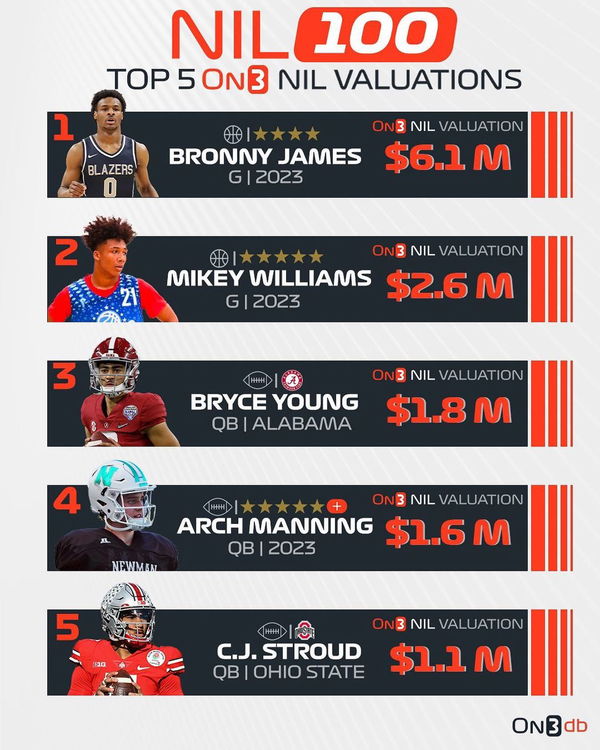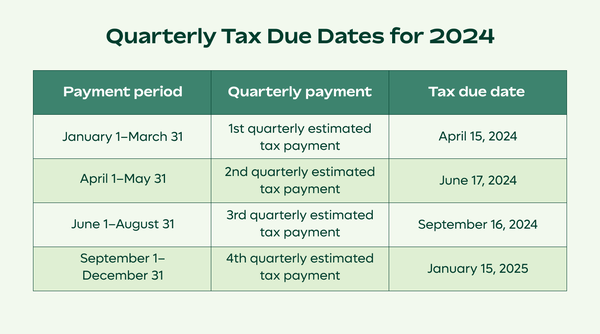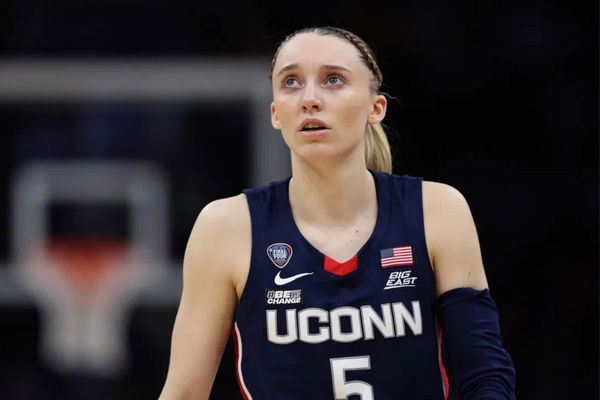

This article is co-authored by its editor, Mallika Singh.
Watch What’s Trending Now!
Imagine being a college athlete who earns more before turning pro than many established stars. Rising names like Paige Bueckers and Caitlin Clark have experienced this, thanks to the transformative Name, Image, and Likeness (NIL) law. Bueckers launched her own sneaker line under Nike, while Clark parlayed her NIL success into a monumental ₹28 million, eight-year professional contract with the sports giant, showcasing how NIL has reshaped college sports and beyond.
Not long ago, critics lambasted the NCAA’s old framework as exploitative—allowing institutions and sponsors to rake in millions while athletes were barred from profiting off their talent and marketability. The landmark June 1, 2021, ruling changed everything, empowering athletes with unprecedented earning opportunities. Yet, these shifts have also brought new challenges and complexities.
ADVERTISEMENT
Article continues below this ad
As some college athletes now out-earn their professional counterparts, the question of taxation has emerged as a crucial debate. Should NIL earnings be taxed? And what would such a move mean for athletes, the NCAA, and the evolving landscape of college sports?
ADVERTISEMENT
Article continues below this ad

What Is NIL? A Game-Changer for Athletes
The Name, Image, and Likeness (NIL) law, introduced in June 2021, allows high school and college athletes to monetize their personal brand. Currently, it is taxed and helps athletes contribute to nation-building and brands to avoid tax evasion and corruption. Plus, it spreads financial literacy at a young age.
ADVERTISEMENT
Article continues below this ad
However, most athletes do not earn much, which is a counterargument by experts who do not believe in NIL taxation. Nonetheless, NIL is a booming industry, and currently, almost 71 college and high school athletes from different sports earn $1 million or more. Even high school athletes like AJ Dybantsa have earnings of $2.6 million.
According to Opendorse, the NIL industry is expected to be $1.67 billion in 2024-25. Hence, it is worth exploring if NILs should be taxed. But what exactly are the various activities through which the rising stars can leverage their name, image, or likeness? Well, these include:
- Signing autographs and selling memorabilia.
- Hosting camps or clinics.
- Affiliate or ambassador roles.
- Endorsing products on social media.
- Engaging in public speaking, podcasting, or music.
In short, NIL opens doors for athletes to capitalize on their fame. But with great income comes a big responsibility: taxes.
IRS’s Stance: NIL Income Is Taxable
The IRS (Internal Revenue Service) views NIL earnings as taxable income, whether they come in the form of cash or non-monetary perks like merchandise or royalties. Here’s what athletes need to know:
- Form W-9: To check important information from the employer, including salary and the withheld amount
- Form W-9: Used to request a taxpayer ID number for NIL deals.
- Form 1099: For independent contractors earning more than $600 annually.
- Form W-4: Filed if an athlete is considered an employee of an organization.
- Audit Alert: NIL Collectives, often affiliated with colleges, are under scrutiny. Initially operating as tax-exempt entities, these groups now face challenges in maintaining that status. This affects how donations to them are handled and taxed.
Things to Notice: The NIL Collectives previously used to operate as tax-exempt, but off-late, the IRS has barred them from being tax-exempt. Hence, the Collectives now partner with charitable organizations.
Pro-Tip: Athletes should check whether they are self-employed and fill out Form W-9 or are employees of the entity and fill out Form W-4.
Federal Tax Obligations: A Primer
Athletes must navigate several tax layers. Here’s a breakdown:
Income Tax
- Single filers earning over $12,950 annually must pay federal income tax.
- If income exceeds $400, they must file self-employment tax.
- NIL athletes are generally considered independent contractors, making them liable for self-employment tax (15.3%, covering Social Security and Medicare).
Estimated Quarterly Payments
Athletes earning over $1,000 in taxes must make quarterly estimated payments to avoid penalties:
2024 Deadlines: April 15, June 17, September 16, January 15.
Payments apply to both federal and state taxes.

Non-Cash Benefits
Even non-monetary earnings, like free merchandise or royalties, are taxable. Proper documentation is critical to avoid surprises.
Things to Notice: Athletes will also have to pay for non-monetary benefits.
State Tax Obligations: Playing Across Borders
Tax rules vary by state, adding complexity for athletes competing nationwide:
Dual State Filing:
Athletes file taxes in both their home state and the state where they attend college.
States without income tax (like Florida) offer some relief, but others may tax NIL income up to 13.3%.
Avoiding Double Taxation:
States often provide credits for taxes paid in another jurisdiction, reducing the overall burden.
Pro Tip: States usually provide proof of the tax paid that can be used to avoid double taxation.
Deducting Like a Pro: Lowering the Taxable Income
Athletes can offset some of their earnings through deductions. Here are key opportunities:
Travel Expenses: Flights, hotels, and mileage for promotional events.
Marketing Costs: Payments to agents or social media campaigns.
Education Credits:
American Opportunity Tax Credit: For education-related expenses.
Earned Income Tax Credit: For athletes with dependents.
Pro Tip: Athletes must report NIL earnings on FAFSA, which could affect financial aid eligibility, including Pell Grants.
Glossary
Deductibles: The money that can be exempted from tax
Independent contractors: Athletes who are liable to pay self-employment taxes
Non-cash benefits: Services/ products the athletes use but do not pay for but are taxed.
Jock tax: Tax that athletes pay to various states where they play.
Double Taxation: Taxes athletes sometimes pay to different states for the same thing.
IRS Eyes on NIL Collectives: A New Frontier
NIL Collectives—groups that pool resources to support athletes—have caught the attention of the IRS. Here’s why:
Charity Loopholes Closing:
- Initially, some collectives operated as tax-exempt 501(c)(3) organizations.
- The IRS now considers them taxable entities unless they partner with legitimate charities.
Impact on Donors:
- Contributions to collectives are no longer tax-deductible unless routed through a registered charity.
- Athletes and donors alike must adapt to these changes, as improper filings can lead to audits or penalties.
Common Pitfalls for NIL Athletes: A Warning
Navigating NIL taxes can be tricky. Here’s where many athletes stumble:
- Lack of awareness and tax literacy: Being new to the tax era and lacking literacy. Since usually they are considered self-employed, they have to pay FICA and Medicare taxes.
- Failing to File Quarterly Taxes: Missing deadlines can lead to hefty penalties.
- Underreporting Income: Whether intentional or not, this raises red flags with the IRS.
- Overlooking State Taxes: Ignoring taxes in states where earnings were generated can cause compliance issues.
Anecdote: The Price of Ignorance
Take the example of a student-athlete who received $15,000 in sponsorships but failed to set aside funds for taxes. When tax season arrived, they faced an unexpected bill of over $3,000, leading to financial strain.
Such stories underscore the importance of preparation. Understanding tax obligations isn’t just smart—it’s essential for long-term success.
Broader Implications of NIL Taxes
The introduction of NIL taxation doesn’t just end with athletes filing a bunch of forms and figuring out their deductions. It’s a ripple effect that touches recruitment, college sports funding, and even athlete diversity.
Recruitment: More than just talent now
With NIL deals and taxes in the mix, recruitment has shifted from “who’s the best player?” to “who can handle the NIL game?” College recruiters now need to weigh an athlete’s marketability as much as their skills.
- High-income states vs. low-income states: Imagine you’re an athlete choosing between two schools, and one’s in a state with no income tax (like Florida or Texas) while the other’s in a high-tax state like California. Suddenly, tax laws could influence your decision.
- Schools offering NIL management resources: Colleges with better support systems for handling NIL contracts and taxes might have a leg up in recruiting top talent.
College sports funding: Who gets the bigger pie?
NIL deals are bringing in big money, but they’re also introducing new challenges for funding college sports programs.
- Boosters and sponsorships: Schools may now allocate resources differently, focusing more on promoting individual athletes instead of the broader program.
- Taxable earnings for athletes: With players having to pay taxes on NIL income, some might push for better financial aid packages or even scholarships that offset these costs.
Diversity among Athletes
This is a big one. NIL taxation could unintentionally widen the gap between athletes from wealthier backgrounds and those from underserved communities.
- Financial literacy gaps: Not every college athlete has the tools to deal with complex tax systems. Athletes with access to better resources (lawyers, accountants) will fare better, while others might struggle.
- Recruitment focus on “safe bets”: Some schools may shy away from athletes who might not handle the financial side of NIL well, which could reduce opportunities for underprivileged players.
And it’s all connected!
If you think about it, NIL taxes tie back to the big picture of college sports. They highlight the need for better athlete education—not just in sports, but in finance and legal matters, too. Schools and the NCAA now face a pressing challenge:
- Provide financial education
- Ensure equitable opportunities
Problems to Athletes: Possible setbacks to Champions
- Impact on earnings: Even athletes who earn less have to file taxes since the income tax slab for $0-$11,000 is 10%. Most athletes earn less than $500 in NIL.
- Financial strain: According to an article by Forbes, more than 1/3rd of Gen-Z’s have a higher credit card balance than savings, and hence, paying taxes has a greater impact on their finances.
- Miscalculation of taxes: Without withholdings, the athletes must make estimated payments coupled with proper calculation of deductions and payments.
- Impartiality to women athletes: Experts opine that boosters distribute more NIL to male athletes than women.

Getty
CLEVELAND, OHIO – APRIL 05: Paige Bueckers #5 of the UConn Huskies looks on during the NCAA Women’s Basketball Tournament Final Four semifinal game against the Iowa Hawkeyes at Rocket Mortgage Fieldhouse on April 05, 2024 in Cleveland, Ohio. (Photo by Steph Chambers/Getty Images)
Problems to schools: A new playing field
- Classification of payments: Programs need specific cash and noncash components, which is difficult at times.
- Expenditure on literacy programs: Schools need to spend money on training athletes for the new era.
- Lack of conclusive guidelines: Schools can be questioned on their tax-exempt status granted to them on the basis of sports being for charitable purposes. In such cases, the programs need to demonstrate that NIL activities are secondary.
Challenges for brands: Partnering with the right channels
- Increased expenditure: Brands need to provide payment support along with information related to tax forms.
Insight from Experts
Robert Goulder of Tax Notes opines that the relationship between a college and an athlete resembles “a labor market in certain ways” while leaving the tax exemption open for interpretation. Similarly, Professor Mitchell Franklin of the Le Moyne College Madden School of Business remarks that “athletic programs are separate entities [from] the college with the college name on it”; hence, there should be some control over these organizations.
Pro Tip and Anecdote: Athletes need to be careful while committing to a program since football quarterback Matthew Sluka left UNLV mid-season because, according to him, “I committed to UNLV based certain representations that were made to me, which were not upheld after I enrolled.”
Plus, UConn star Paige Bueckers, despite being in senior year and being a reputed name, hasn’t achieved as much NIL as some high school men athletes.
Should NIL Athletes Be Exempt from Taxes? A Case for Tax Reform in College Sports
Tax Exemptions: The Road to Growth
- Too many taxes: Athletes have to pay a number of state and federal taxes.
- Support to guardians: Most athletes stuffy on grants and support their families with NIL income.
- High student loan rate: Students are already charged high interest rates on loans, and they also have a lot of credit
- Optimum utilization of NIL money: Athletes use NIL money to hire agents and build the brands that help them go pro. So, it should be tax-exempt.
- Meager earnings: Most NIL athletes earn less than $500 from the deal. Hence, they shouldn’t be taxed.
Importance of taxes: Cornerstore of a thriving society
- Resigning veteran coaches: Veteran Virginia coach Tony Bennett recently stepped back from basketball as the new NIL era sees multiple transfers of athletes if they see more NIL value in other programs. Hence, NIL is not that pristine.
- Impartiality to athletes: Athletes can deduct money for agents, etc., which does put financial pressure on them.
- Exploitative colleges: Programs often list fundraisers on their website, encouraging donors to contribute to NIL, thus taking advantage of it.
- Revenue generation for athletes: AT times, athletes use NIL deals to generate more money, for example, by marketing their cards. Therefore, it should be taxed.
- Lack of transparency: private institutes often cover up the activities of the NIL collectives/boosters.
Ongoing Tax Reform
- In June 2023, John Thune and Ben Cardin requested the IRS and the U.S. Department of the Treasury to check if the tax-exempt money from collectives was really being utilized for charitable purposes. They have also introduced a bill named Athlete Opportunity and Taxpayer Integrity Act to amend the Internal Revenue Code of 1986 for the same.

Solutions and Best Practices for NIL Athletes: Playing it Smart: Tax Strategies for NIL Athletes
- Spread NIL literacy: Schools should provide increased NIL assistance to athletes and help them know their market value so that athletes aren’t exploited.
- Education Initiatives: Schools should implement financial literacy programs like INFLCR and MoneyLion.
- Technology solutions: The NCAA has already launched NIL Assist, a mobile-friendly platform to help athletes streamline and track their NILs. Similarly, more platforms should come up in the future.
- Leveraging deductions: Athletes should also be encouraged to set up retirement accounts to keep some of their income away from taxes.
- Forming NGOs: The NCAA and other organizations can voice their demands for uniform federal laws.
Pro-Tip: Athletes can download NIL Assist and also contact programs such as INFLR and MoneyLion. Also, athletes should try setting up retirement accounts.
Conclusion: Navigating the New Era
The current law requires NIL athletes to pay their taxes, and complying with it helps athletes contribute to nation-building, streamlining their income, and increasing financial literacy. Additionally, it prevents organizations and brands from evading tax. Plus, if the Athlete Opportunity and Taxpayer Integrity Act were passed, then brands would not be able to escape taxes by duping the government. Hence, complying with taxes is beneficial for both athletes and the nation.
However, as we have seen that most NIL deals are less than $500 and help athletes avoid living on credit, high school athletes should be tax-exempted since they are building blocks of the nation and can use the earned money in college. Plus, a certain slab should be set up to exempt taxes for athletes who earn too little.
To streamline the process, the schools can maintain as much transparency as possible for the IRS, whereas the IRS can introduce financial literacy programs for athletes.
ADVERTISEMENT
ADVERTISEMENT
ADVERTISEMENT
ADVERTISEMENT

